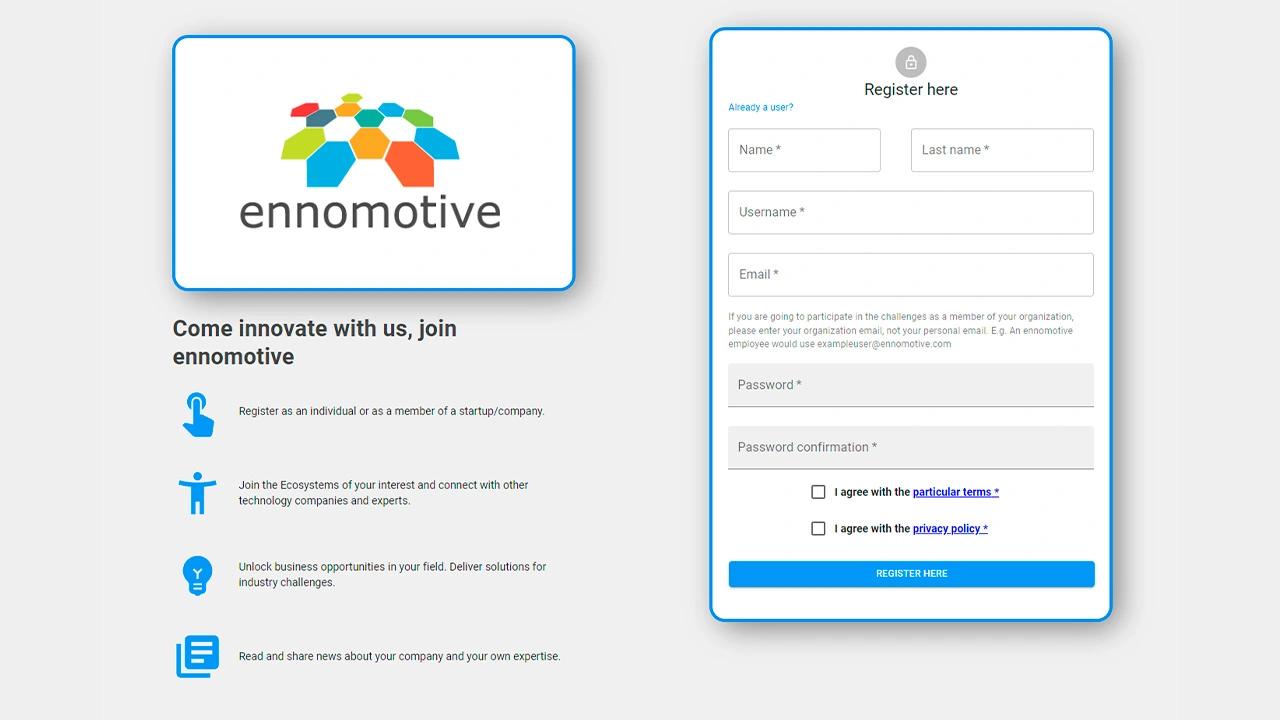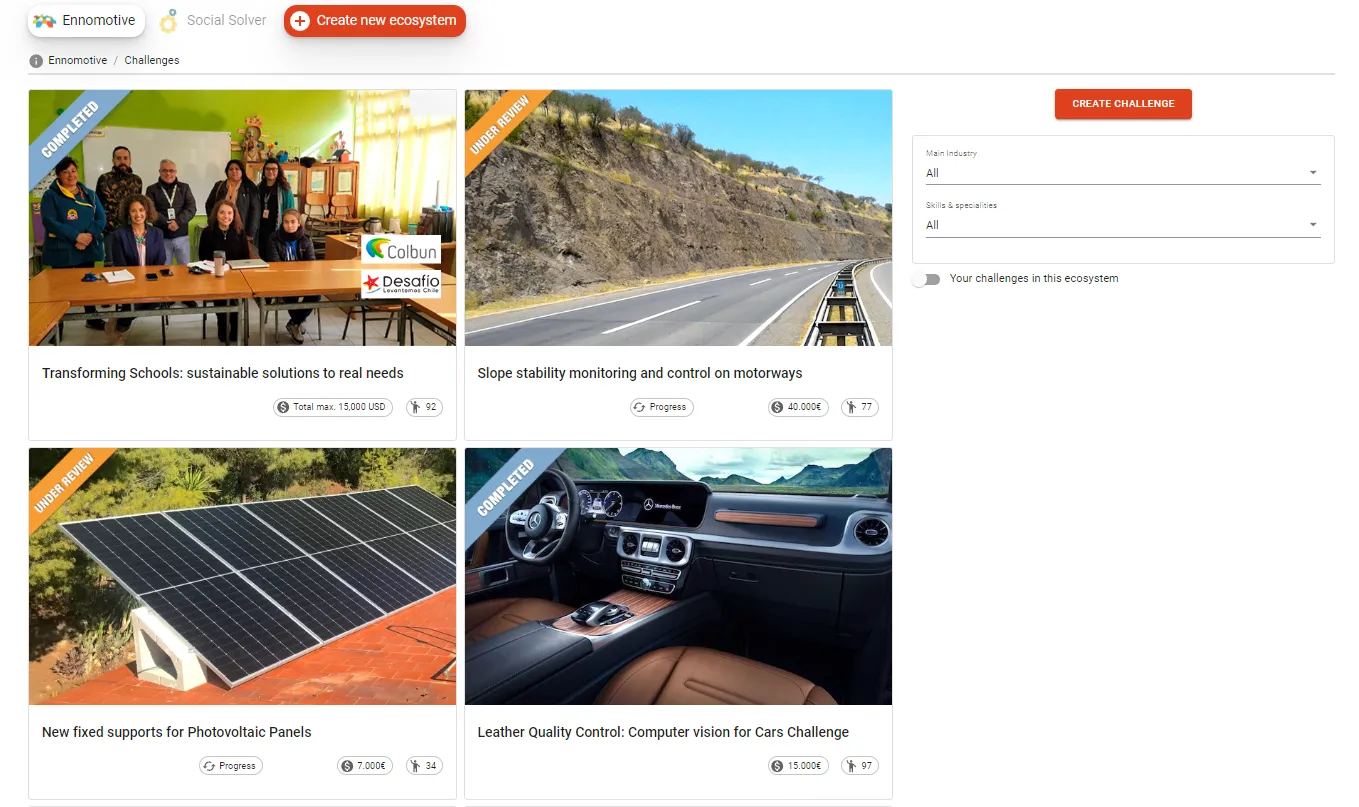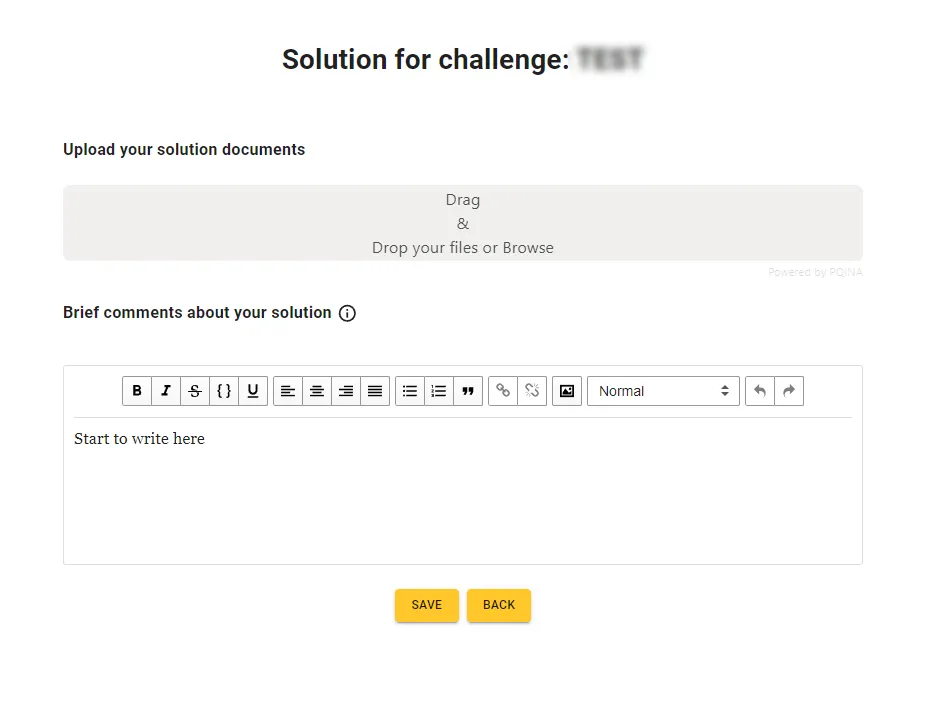Background
The search for environmentally-friendly packaging is a must for any consumer-goods companies. This trend requires looking for alternatives to petrol resources’ consumption.
The challenge
The packaging of bottled water is usually made of a film of plastic material. The pack contains 6 bottles of water of 1.5 liters each. This plastic material is a shrink-wrap film, which is thermo-retracted with heat.
The objective of this challenge is to replace the use of plastic materials in their products.
What the client is looking for
Our client is looking for a new paper-based packaging solution. This solution will replace the current plastic material used today as a six-pack wrapping.
The material of which the bottles are made do not need to be taken into consideration for this challenge.
However, to achieve a good resistance, the design with paper need to be ensured.
This competition is intended to find a better or different design (modifying the actual design, creating a new design, use different paper-based materials, use another elements…) for the purpose of testing an optimum resistance packaging based on paper material.
Required functionalities of the new packaging:
• Easy to industrialize
• Optimum resistance
• Similar cost
• Attractive design
The company is thinking in a flexible process based on robotics to industrialize it, instead of a big and complex machine, according to the new industry 4.0 standards. The process speed is 1000 packs per hour.
Pictures of the currently used packaging are attached to the challenge, pretty similar to the standard packaging that you can see at the supermarket.
This is a three round tournament with the following deliverables:
First round:
- Draft design for the packaging
- Description of how to industrialize it
- Material specification
- Some evidences of resistance property
Second round:
- A detailed 3D model of the packaging
- Pictures of a handmade prototype
- Resistance home tests
- Industrial process sketches
Third round:
- Clarifications
- During this round the client will manufacture and test prototypes to confirm requirements, particularly resistance tests.
Evaluation criteria
The evaluation criteria in each of the rounds of the tournament for the proposed solutions are:
- Optimum resistance
- Lower cost per unit (paper material)
- Lower investment required to industrialize
- Attractive design



